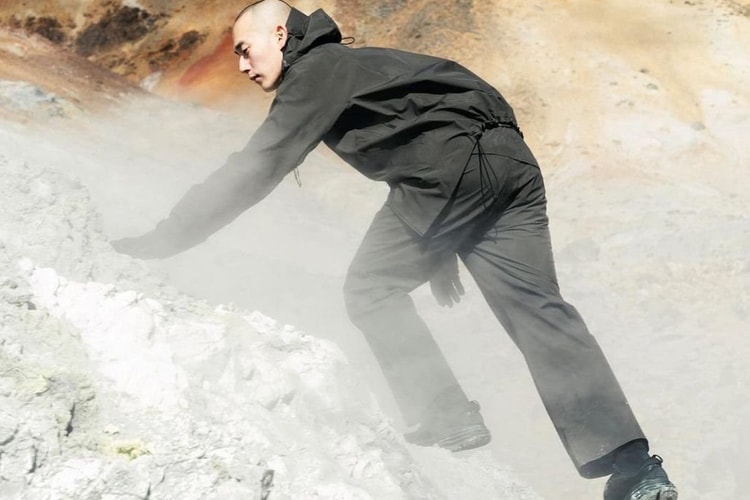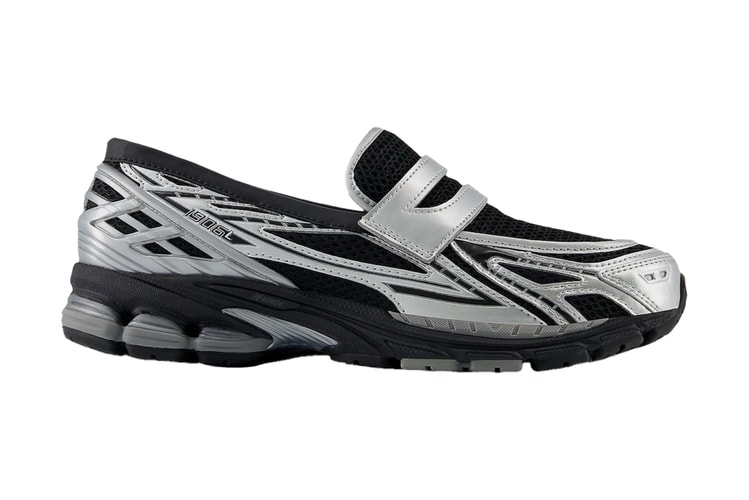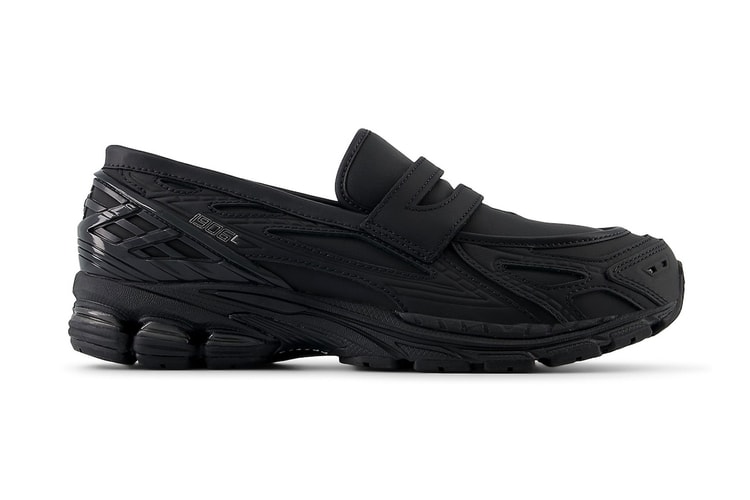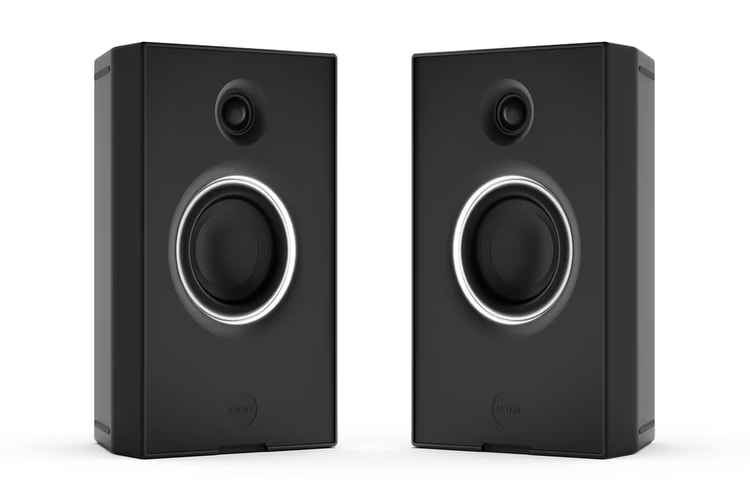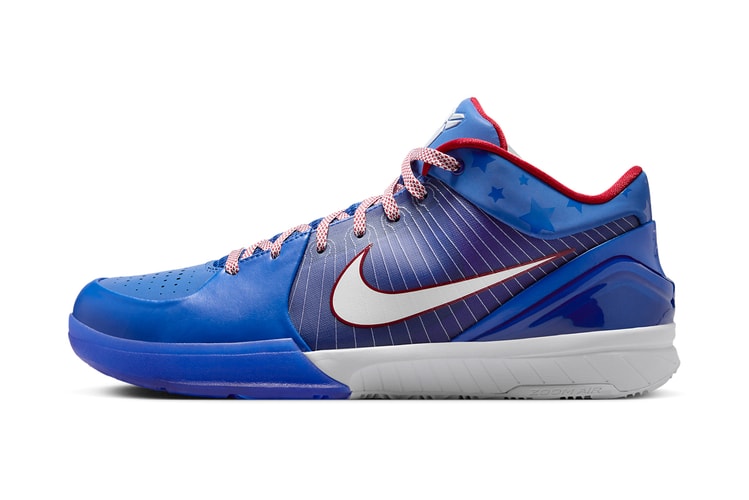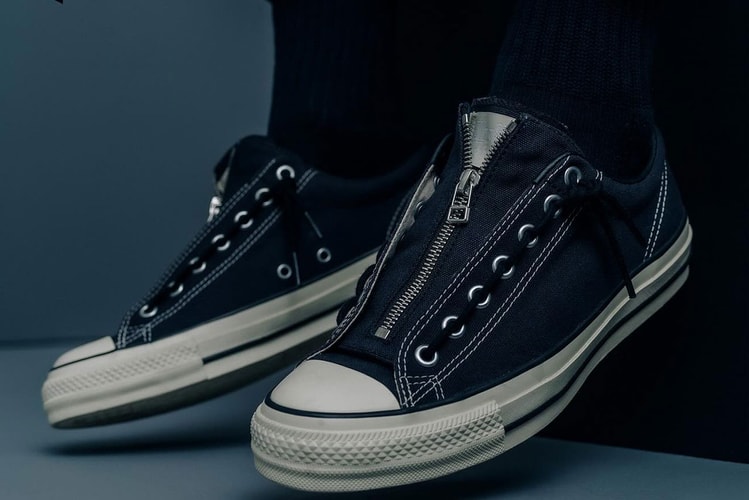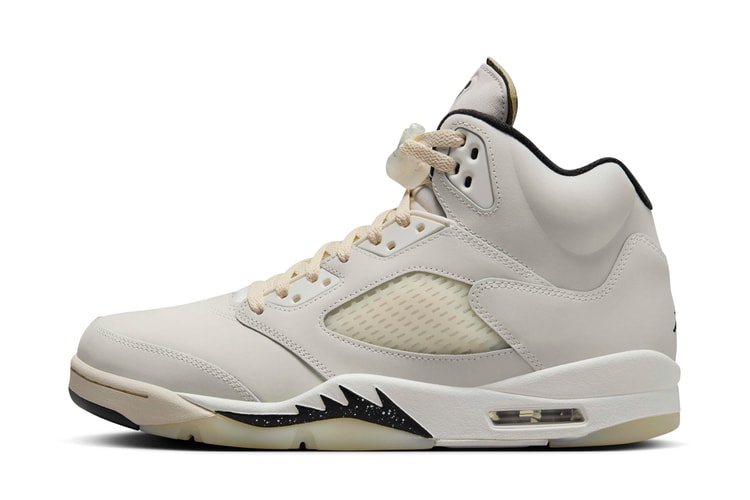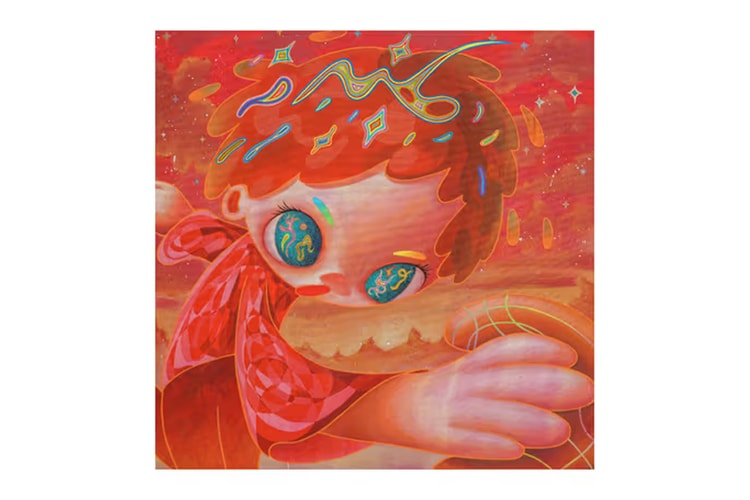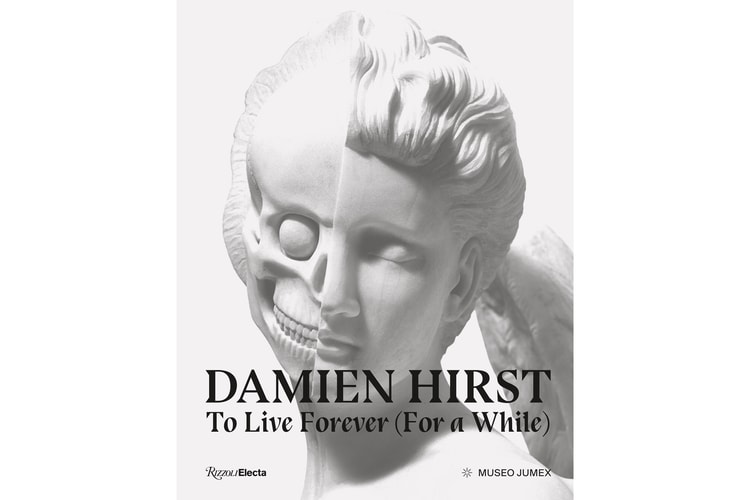Trompe-L'Oeil: How Fashion Fools the Eye
In honor of April Fools Day, here’s how fashion designers are playing tricks on you.

Take a microscope to today’s runways, and you’ll find sneaky design ploys everywhere. In the last two seasons alone, Acne Studios’ denim played tricks with printed chains, bracelets and belts that realistically dangled around the waist. Diesel put forth seemingly deteriorating tops, meant to resemble the sweat stains one would accumulate after raving. Balenciaga’s lace stockings were slyly printed onto white tights, and KidSuper’s artful formalwear took the form of illusory drawing mannequins. Moschino outwit the front row with flat suspenders on T-shirts and level neckties wrapped around dresses, much like those in its archive. These are all examples of fashion’s double-take-worthy foolery, or trompe-l’oeil.
“Trompe-l’oeil” (pronounced “TROM-PLOY;” not “trump ay le oil” as Little Carmine famously quips in The Sopranos) is a French term that translates to “deceive the eye.” By definition, the effect is quite simple: “a technique where a designer creates an optical illusion, through a change in perspective, dimension, or placement.” But in practice, its trickery can be much more difficult to decipher — much like an April Fools joke.
While commonly used among fashion designers today, the technique’s origins are actually deeply rooted in art history. The fable goes like this: in Ancient Greece, two artists — Zeuxius and Parrhasius — challenged one another to paint highly realistic depictions of everyday objects on two-dimensional planes. Zeuxius masterfully illustrated a cluster of grapes that was so believable birds flocked to his paint strokes thinking they had located their lunch. Challenging him, Parrhasius painted a draped curtain, which Zeuxius foolishly requested to be drawn back so he could view Parrhasius’ work. Reluctantly, Zeuxius admitted defeat: “I have managed to deceive the birds, but Parrhasius has deceived me.”
The centuries-old lore became the blueprint for trompe-l’oeil works in the preceding artistic time periods: during the Renaissance and Baroque eras, for instance, painters would carefully decorate the ceilings of grand interiors with deluding depictions of sprawling dome ceilings, creating the illusion that buildings measured much higher than they did in real life. Later, 17th-century Dutch artists — including Evert Collier and Samuel Dirksz van Hoogstraten — mastered the deceptive art form on canvas, blazing the path for 19th and 20th-century creators like John Frederick Peto and Salvador Dalí to deliver the largest output of trompe-l’oeil paintings. In modern times, street artists employ these effects to create viral illusions on pavement with chalk. Others, like Banksy, let their creations blend seamlessly with the cityscapes.
Fashion only began to borrow the technique in the early 20th century. Historically, designer Elsa Schiaparelli, who first strung a two-dimensional collar into a knit sweater in 1927, is credited with pioneering the effect on clothes. Her work found success at the same time that surrealism became an intellectual and political movement worldwide, as people longed for some semblance of escape in the aftermath of World War I and the Spanish Flu pandemic.
It was at this time that Schiaparelli collaborated with two leaders of the surrealist art movement — Jean Cocteau and Dalí — on anti-reality haute couture creations. With the former, she constructed an evening coat that was embroidered with a pattern that resembled both a vase and two conflicting faces. With the latter, she produced the “Tears Dress,” a slimming veiled gown that featured all-over printed rips lined in pink and magenta. Both became historical markers of trompe-l’oeil fashion’s birth.
While Schiaparelli nurtured the concept in her later collections, trompe-l’oeil styles truly blasted off in the ‘60s, alongside the emergence of the Pop Art movement and a fascination with futurism, thanks to major advancements in space exploration like humans first walking on the Moon in 1969. As textile innovations like precise screen printing and jacquard looms made the effect easier to achieve, trompe-l’oeil designs became a vessel for more radical designs.
Fashion’s frontrunners, including Pierre Cardin and André Courrèges, strategically employed the technique to fuel their new-age design codes. Fascinated with the “Op Art” movement, which produced an abundance of abstract, swelling and warping visuals, Cardin toyed with geometric patterns to alter viewers’ perception of dimension: his Spring 1966 “Target” dress, for one, utilized concentric orange, yellow and black circles to challenge the human eye with an optical illusion. Meanwhile, Courrèges, often called the Space Age style trailblazer, would frequently complete his designs with trompe-l’oeil details, like faux pockets and zippers, fashioning a mirage of utilitarianism.
In the ‘80s and ‘90s, era-defining designers like Jean Paul Gaultier and Franco Moschino utilized the technique more provocatively, mirroring the postmodern movement’s pastiche. In addition to drafting falsely textural prints to resemble denim and leather, Gaultier introduced his claim-to-fame trompe-l’oeil “Tattoo” graphics, which housed lifelike depictions of intricate sleeves, piercings and body jewelry on skin-tight tops and bottoms. Moschino, meanwhile, adorned two-piece dresses with gaudy, printed chains in his “Cartoon Couture” collection and turned classic leather jackets into biker versions with trompe-l’oeil zippers and studs.
By the turn of the 21st century, trompe-l’oeil had become a common, subversive technique among fashion designers in all sectors. Thom Browne, famous for his conceptual suiting, has long transformed traditional formalwear with perverse, avant-garde prints of lapels, pockets and buttons. (He even created a trompe-l’oeil wetsuit to mimic his signature buttoned-up attire.) Issey Miyake’s “Pleats Please” collection utilized prints to mimic the movement of his traditional pleated textiles; Prada and Louis Vuitton created trompe-l’oeil handbags that looked like three-dimensional objects including old luggage and books; and Jeremy Scott, at the helm of Moschino, carried on Franco’s irreverent legacy, with illusory sketch dresses, realistic SpongeBob SquarePants designs and Barbie-inspired doll clothes for humans. Alessandro Michele, who delivered shirts and tops with fanciful faux bows and belts at Gucci, once said, “I’m obsessed with trompe-l’oeil. The idea of something that is existing and is not existing.”
In more recent seasons, Our Legacy coined the “digital denim” trousers, canvas pants with prints of old-age jeans. Rei Kawakubo’s Comme des Garçons Homme Plus printed suits on top of suits, which required longing stares to fully digest what was real and what wasn’t. Lover of trompe-l’oeil Jonathan Anderson deluded onlookers at both his namesake brand and Loewe with falsified ostrich feather lapels and pixelated hoodies. Glenn Martens’ Y/Project revealed form-fitted dresses with bondage-clad illustrations of the human form, and Random Identities ditched real ties for two-dimensional versions. Oh, and the casual sweatsuit that A$AP Rocky wore in the viral Bottega Veneta paparazzi campaign? That was leather.
Now a design mainstay, the trompe-l’oeil technique fuels the fun in fashion, even as the words “quiet” and “luxury” continue to permeate reviews of recent designer lines. Duping reality, the effect does away with all the fuss of true materiality, but it takes a trained eye to spot the careful foolery. Take a few flicks through the galleries above: can you catch fashion’s tricks, or will you grab for the curtain like Zeuxius?

































